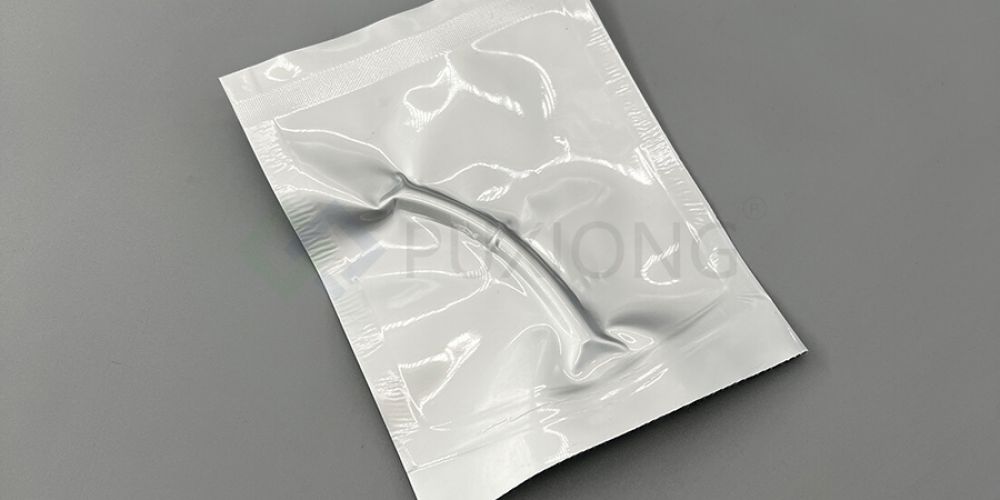In the medical field, the sterility of every consumable is a matter of patient safety.
In this "battle for sterility," sterilization pouches play a pivotal role—they are not just physical barriers for medical supplies but also the "invisible guardians" of aseptic environments.
I. Core Mission: Establishing an Aseptic Barrier
Sterilization pouches utilize specialized materials (e.g., medical-grade polypropylene, composite films) and sealing technologies to isolate external microorganisms, ensuring consumables remain sterile throughout storage, transportation, and use. Their design must strictly comply with international standards such as ISO 11607, with validated compatibility for sterilization methods like ethylene oxide (EO) and steam, guaranteeing sterilization efficacy.
II. The "Invisible Guardian's" Key Strengths
-
Material Safety
- Made from non-toxic, hypoallergenic materials to prevent chemical reactions with consumables, ensuring patient safety.
-
Sealing Integrity
- Advanced sealing techniques (e.g., heat sealing, ultrasonic welding) prevent microbial penetration.
-
Sterilization Indicators
- Built-in color-changing indicators visually confirm sterilization status, reducing human error.
-
Traceability
- Clear labeling zones display critical information (e.g., consumable name, sterilization date, expiration) for full lifecycle tracking.
III. From Lab to Operating Room: Full-Scenario Coverage
-
Surgical Instruments
- Tools like scalpels and sutures are sterilized via EO within pouches and delivered directly to operating rooms.
-
Implants
- Pouches for artificial joints or stents undergo accelerated aging tests to ensure long-term sterility.
-
Diagnostic Reagents
- Pouches for culture media or test kits meet dual requirements: low-temperature storage and sterilization compatibility.
